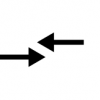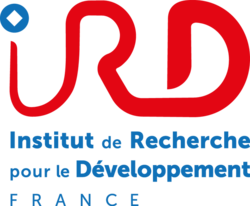The Coffee Genome Hub is an integrated web-based database providing centralized access to coffee community genomics, genetics and breeding data and analysis tools to facilitate basic, translational and applied research in coffee. Data available are the complete genome sequence of C. canephora along with gene structure, gene product information, metabolism, gene families, transcriptomics (ESTs, RNA-Seq), genetic markers and genetic maps. The hub provides also tools for easy querying, visualizing and downloading research data.
This project is being built using the open-source Tripal database infrastructure. It is developed by IRD and Cirad and supported by the South Green Bioinformatics platform.
With over 2.25 billion cups consumed every day, coffee is one of the most important beverage crops in the world. Coffee is cultivated across more than 11 million hectares (ha) in Africa, Asia, and the Americas. Small stakeholders with less than 5 ha account for about 70% of world coffee production, and more than 80 million people depend on the crop for their income. All Coffea species are perennial woody bushes or trees that differ greatly in morphology, size and ecological adaptation. Although the Coffea genus includes more than 124 species, commercial coffee production relies mainly on two related species: C. arabica and C. canephora, which account for 65% and 35% of world coffee production, respectively (http://www.ico.org). C. canephora (2n=2x=22) is an out-crossing diploid, consisting of polymorphic populations of strongly heterozygous individuals, while C. arabica is a recent allotetraploid (2n=4x=44) derived from a spontaneous hybridization between C. canephora and C. eugenioides.
Tools

Primer Designer
Primer Designer allows users to design new target-specific primers in one step as well as to check the specificity of pre-existing primers with BLAST.

Primer Blaster
This tool was designed to test the specificity of any primer pair on the coffee genome by using blast. Make sure primers have the same id in both cases. As a result, a table displays all tested primers with primer name and positions, location on chromosome, amplicon size and number of hits on the musa genome. If the primer pair is really specific, this status is clearly marked as ‘ok’ in the table.

Blast Search
Search for highest similarity for your sequence of interest.

JBrowse
Allows users to navigate genome sequence, annotation, and associated data track sequence, annotation, and associated data tracks .

Gene Search
Search for a gene by name, location, functional annotation keywords...






